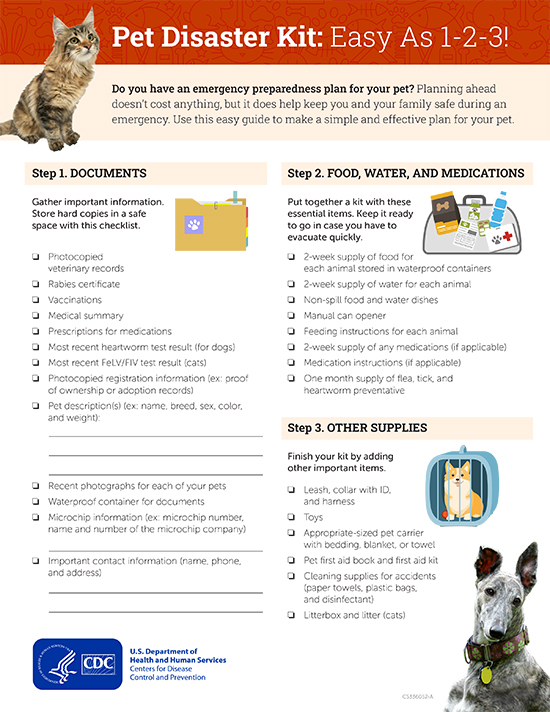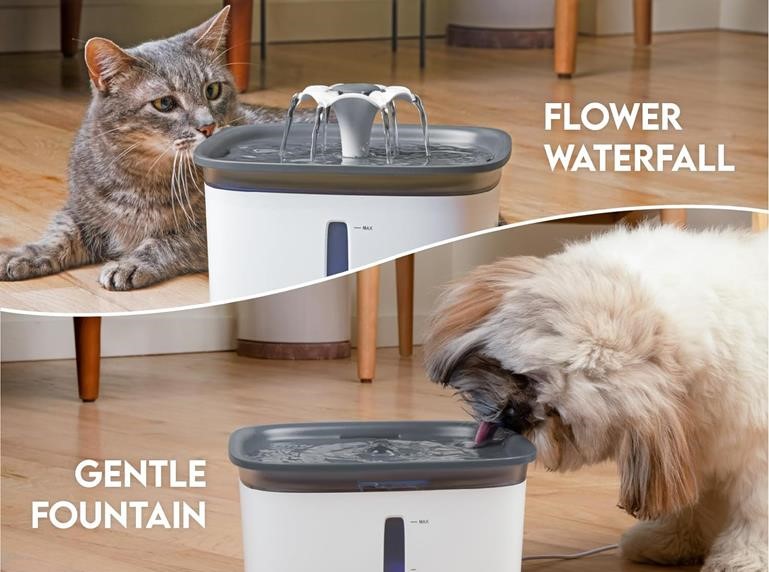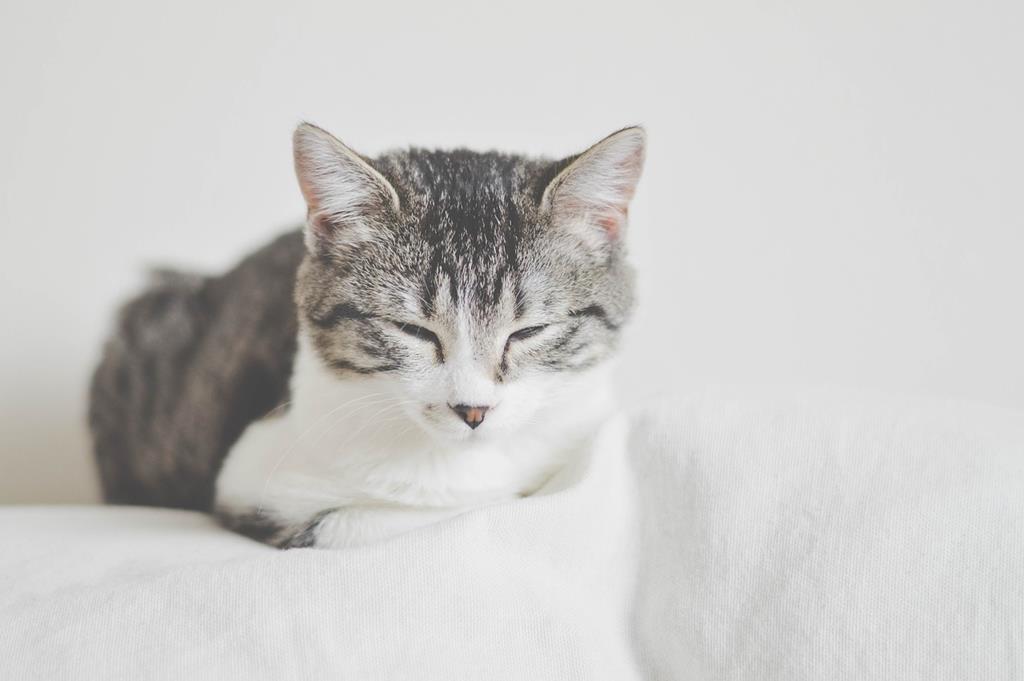To keep pet beds clean, regularly launder and vacuum them to remove dirt and hair. Use removable, washable covers for easier maintenance.
Keeping a pet bed clean is essential not only for the hygiene of your home but also for the health and comfort of your furry friend. Pets, much like humans, need a tidy place to rest. A well-maintained bed can prevent the buildup of bacteria and allergens, which can cause both your pet and your family discomfort.
Regular cleaning can also extend the life of the bed, making it a cost-effective practice. Adopting a simple cleaning routine for your pet’s bed ensures that your companion has a fresh spot to snooze, and your home stays odor-free and inviting. By following a straightforward cleaning regimen, you can guarantee a cleaner resting environment for your pet.
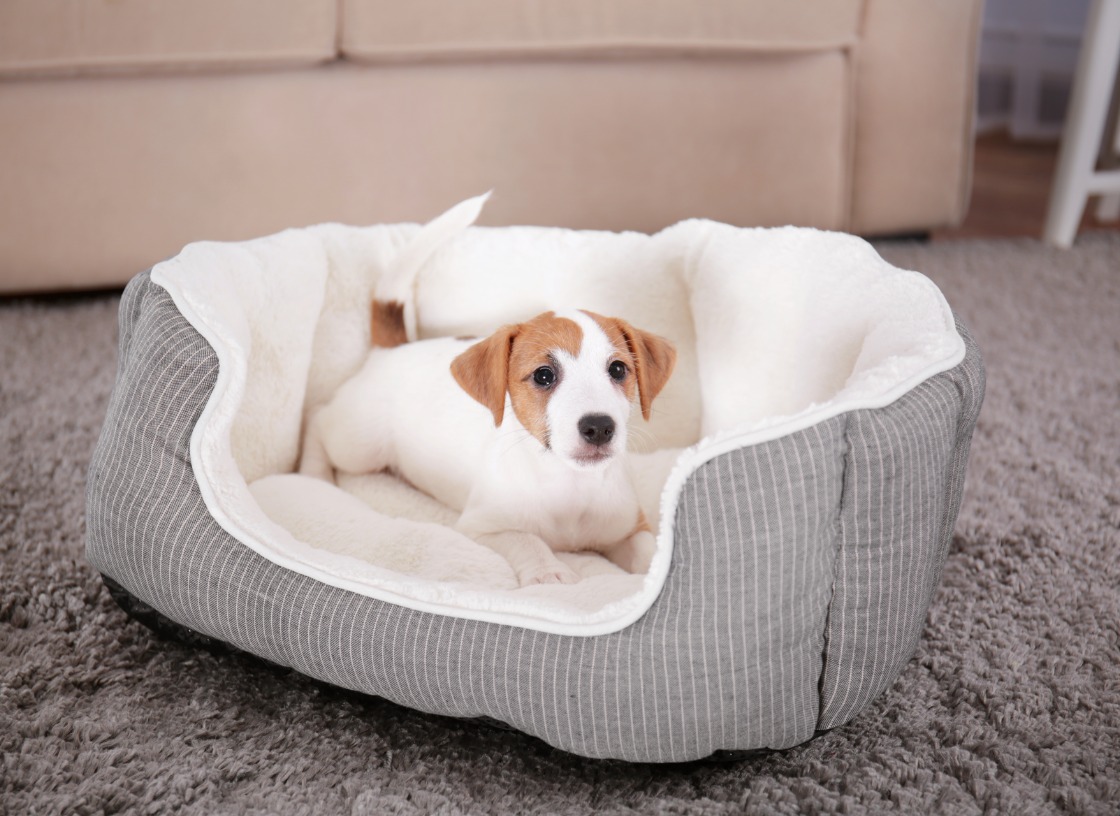
Credit: casper.com
The Challenge Of Maintaining Pet Bed Cleanliness
The journey to preserving the snug and clean sanctuary where your pet slumbers can indeed be a challenge. Pet bed cleanliness is crucial, not just for the comfort of your furry friend, but also for their health and the cleanliness of your home. Understanding the barriers and solutions to maintaining a pristine pet bed is key.
The Importance Of A Clean Bed For Your Pet’s Health
A spotless pet bed prevents allergies, pests, and infections. Pets spend a lot of time lounging in their beds, making it essential for their sleeping quarters to be free of dirt, parasites, and allergens. A clean bed reduces their risk of skin infections and respiratory issues.
- Reduces skin irritations: Regular cleaning eliminates irritants that may cause discomfort.
- Keeps fleas and ticks at bay: A clean bed is less likely to harbor parasites.
- Lowers risk of disease: Bacteria and viruses thrive less in clean environments.
Common Hurdles In Keeping Pet Beds Clean
Several obstacles can make the task daunting. Shedding fur, dirt tracked from outside, slobber, and the occasional accident are constant battles for pet owners. The composition of pet beds often includes complex materials and shapes, which can be a hurdle in regular cleaning routines.
| Challenge | Impact |
|---|---|
| Shedding Fur | Clings to fabric making it hard to remove |
| Outdoor Dirt | Compounds over time, embedding in the bed |
| Odors and Wetness | Attracts bacteria and causes lasting smells |
Removable covers and water-resistant materials are a boon for ease of cleaning. Owners can tackle cleanliness issues effectively with machine-washable options. For the non-washable parts, vacuuming, spot cleaning, and airing out are beneficial.
- Vacuum regularly: Removes fur and loose dirt with ease.
- Spot clean stains: Keeps the bed looking fresh and tidy.
- Air out frequently: Prevents musty odors and dampness.
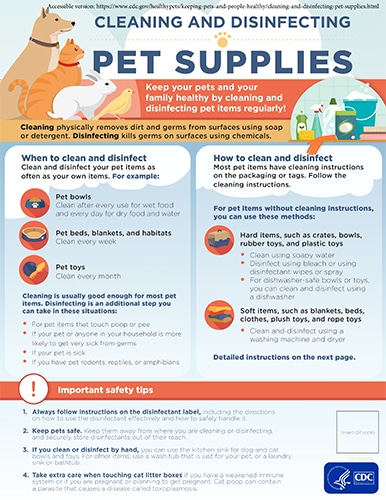
Credit: www.cdc.gov
Choosing The Right Pet Bed
When you pick a pet bed, think about more than just comfort. The perfect bed should be easy to clean. This helps keep your furry friend healthy. It also keeps your home smelling fresh. Let’s explore how to select a pet bed that is simple to keep tidy.
Factors To Consider For Easy Cleaning
Cleaning a pet bed shouldn’t be a chore. Easy-to-clean beds ensure pets have a hygienic sleep space. Here are things to consider:
- Removable Covers: They make washing simpler.
- Waterproof Layers: They protect from spills and accidents.
- Machine Washable: Beds you can throw in the wash save time.
- Dryer Friendly: This option ensures quick reuse.
Materials That Withstand Frequent Washing
Some materials handle washing better than others. Here is a list of pet bed materials you can wash often:
| Material | Benefits |
|---|---|
| Nylon | Durable and water-resistant |
| Polyester | Quick to dry and resists odors |
| Canvas | Tough and withstands scratches |
| Fleece | Soft and comfortable |
Choose a bed with these materials. Your pet’s bed will stay clean and fresh with regular washes.
Regular Cleaning Routine
Creating a regular cleaning routine for your pet’s bed is essential. Clean pet beds mean a healthy environment for both you and your furry friend. Find out the best habits to keep your pet’s cozy nook immaculate!
Daily And Weekly Cleaning Habits
Everyday cleaning keeps pet beds fresh. Start with these simple steps:
- Shake off pet beds outside daily to remove dirt and hair.
- Use a lint roller for leftover fur.
- Weekly wash of removable covers in the washing machine.
For non-removable covers, use a damp cloth and pet-safe detergent to spot clean weekly.
Deep Cleaning: How Often Is Necessary?
Every three months, deep clean the pet bed. Here’s a quick guide:
| Step | Action |
|---|---|
| 1 | Vacuum the entire bed to remove hidden dirt. |
| 2 | Pre-treat stains with a mixture of baking soda and water. |
| 3 | Wash the bed in a machine or by hand with pet-safe detergent. |
| 4 | Rinse thoroughly to remove all soap residues. |
| 5 | Air-dry completely before letting your pet use it again. |
Check the care label for specific instructions. Adjust the routine for pets with allergies or more frequent messes.

Credit: www.etsy.com
Proper Washing Techniques
Cleaning pet beds keeps your furry friends happy and your home smelling fresh. Regular maintenance removes dirt and allergens. Follow these steps for a clean pet bed.
Effective Stain Removal Strategies
Dogs and cats can leave tough stains. Quick action is crucial. Remove excess debris before applying stain removers.
- Blot wet areas with paper towels.
- Use a pet-safe cleaner for the stain.
- Scrub gently then rinse with water.
- Air dry or use a hairdryer on a cool setting.
Choosing Pet-safe Cleaning Products
Choose products specifically for pets. Avoid harsh chemicals that can harm your pet.
| Product Type | Ingredients to Look For | Ingredients to Avoid |
|---|---|---|
| Stain Remover | Enzymes, Citrus | Bleach, Ammonia |
| Deodorizer | Baking Soda, Essential Oils | Formaldehyde, Phthalates |
Read product labels for safety. Natural and organic labels are good signs. Perform a patch test on a small area first.
Dealing With Pesky Pet Hair
Dealing with pesky pet hair on your furry friend’s bed can be a challenge. Pet hair not only clings to bedding but also embeds in fabric fibers. It can trigger allergies and make cleaning a tough task. But fear not! With the right tools and strategies, maintaining a hair-free pet bed is possible. Let’s explore how to tackle this hairy issue.
Tools For Removing Pet Hair
To keep pet beds free of hair, consider these effective tools:
- Lint Rollers: Perfect for quick touch-ups.
- Vacuum Cleaners: Use upholstery attachments for deep cleaning.
- Rubber Gloves: Dampen slightly and swipe over fabric.
- Pet Hair Removal Brushes: Designed specifically to capture pet hair.
- Duct Tape: Wrap around your hand, sticky side out, and pat down.
Prevention Tips For Minimizing Shedding On Beds
Limit the amount of hair on pet beds with these prevention tips:
- Regular Grooming: Brush your pet daily to catch loose hair.
- Washable Covers: Use easily laundered covers to prevent hair buildup.
- Quality Pet Food: Feed your pet a balanced diet to reduce shedding.
- Hydration: Ensure your pet drinks plenty of water for healthy skin and coat.
- Designated Beds: Train your pet to sleep only on their bed.
Innovative Solutions And Hacks
Every pet owner knows a clean bed keeps pets happy. Yet, dirt and fur can make this tough. Seek no more! Discover clever ways to maintain sparkle in your pet’s snooze zone.
Diy Solutions For Pet Bed Cleaning
Creative DIY mixtures can work wonders for pet bed freshness. Try these:
- Baking soda and vinegar break down odors and stains.
- A lemon and water spray acts as a natural disinfectant.
- Essential oils like lavender keep beds smelling pleasant.
For the best results, sprinkle or spray the solution on the bed. Then, give it a good wash in the machine if fabric allows.
The Role Of Protective Covers
Protective covers are a shield against spills and stains. They:
| Advantages | Usage Tips |
|---|---|
| Waterproof (keeps moisture out) | Choose machine washable covers |
| Replaceable (easy to switch out) | Keep a spare for quick changes |
| Durable (stands up to claws and teeth) | Look for heavy-duty fabrics |
Swipe a cover on the bed, and you’ll have a much easier time cleaning. It’s simple to remove and toss in the laundry too.
Frequently Asked Questions Of How To Keep Pet Beds Clean
Can Washing Machines Clean Pet Beds?
Most pet beds are machine washable, allowing for easy cleaning. Be sure to check the care label for specific instructions. It’s best to use a gentle, pet-safe detergent and cold water to maintain the bed’s shape and fabric integrity.
How Often Should Pet Beds Be Washed?
Pet beds should be washed at least bi-weekly. However, if your pet spends a lot of time outdoors, sheds heavily, or has allergies, you might need to wash it more frequently. Regular cleaning prevents dirt build-up and odors.
What Removes Pet Hair From Beds Effectively?
A lint roller, vacuum cleaner with an upholstery attachment, or a damp sponge can remove pet hair effectively. For stubborn hair, use a rubber glove or squeegee, sliding it across the fabric to collect hair.
Is It Safe To Use Bleach On Pet Beds?
Avoid using bleach on pet beds, as it can be harmful if ingested by pets. Instead, opt for pet-safe, non-toxic cleaners. Vinegar and baking soda, for example, can help remove stains and odors without the risks of harsh chemicals.
Conclusion
Keeping your pet’s bed clean is essential for their health and happiness. Establish a simple cleaning routine that fits your lifestyle. Opt for machine-washable beds and pet-safe detergents. Regular maintenance not only extends the bed’s life but also ensures a fresh environment for your furry friend.
Remember, a clean bed means a happy, healthy pet.
